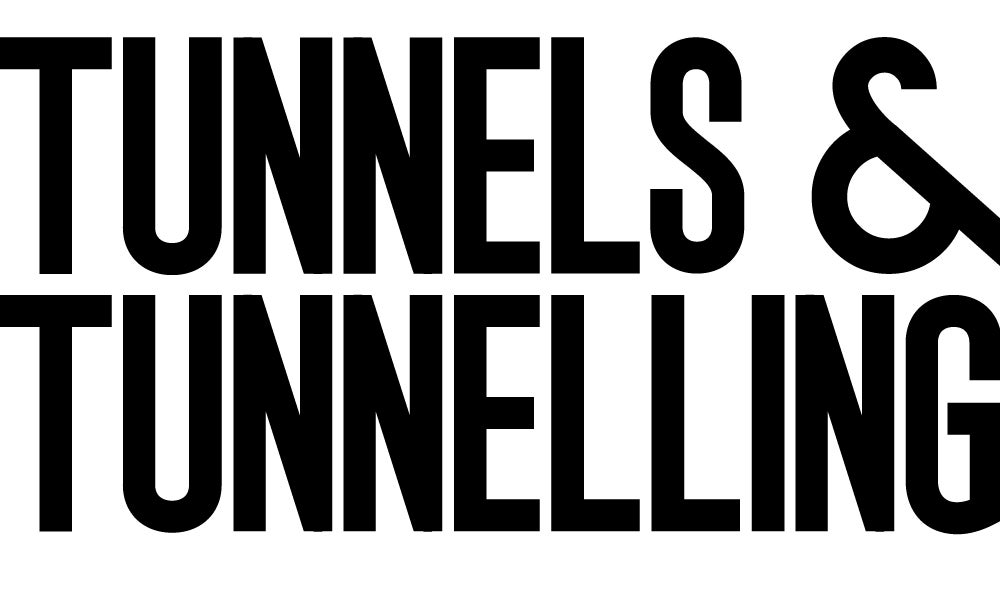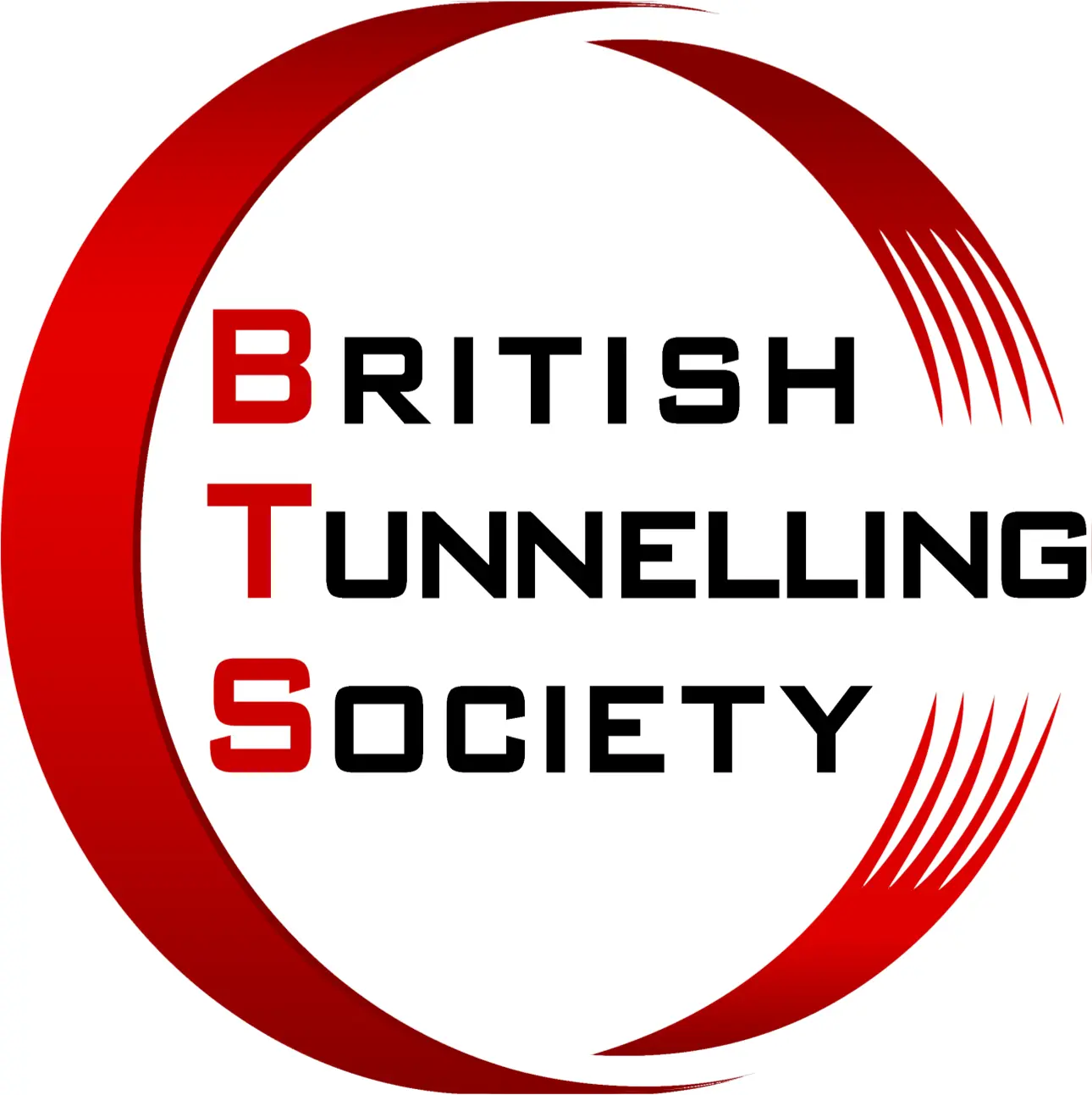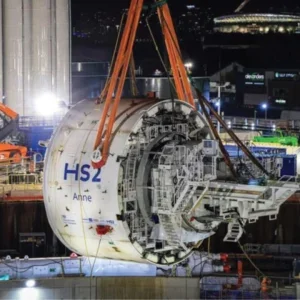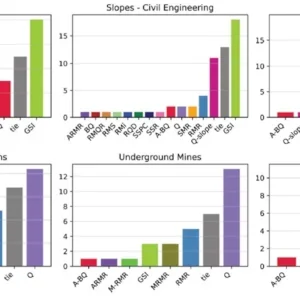Workers are racing to complete the longest drill and blast rail tunnel in South East Asia ahead of its scheduled opening at the end of the year. Blasting was completed late last year on the 2.5km, twin tube Berapit tunnel in Malaysia. The tunnel is a key feature on the electrification and double-track upgrading of the 329km Ipoh-Padang Besar railway line and, when coupled with the shorter (390m) Larut tunnel, will replace four tunnels and two bridges on the existing single track.
Breakthrough on the twin tunnel was completed in November last year and workers are now finishing the waterproofing membrane installation, casting the final 500mm concrete lining and fitting drainage, ventilation and rail track for opening at the end of the year.
Location
A joint venture between two Malaysian heavy civil engineering contractors, Gamuda and MMC, was awarded the contract to electrify and double-track the 329km Ipoh-Padang Besar railway line at a fixed cost of MYR 12.5bn (USD 4bn). The project will allow train travel up to 160km/h.
Gamuda head of tunnelling Don Hall explains the Berapit tunnel forms part of the northern stretch of the line running along the Malaysia-Thai border as part of the planned rail link running from Singapore to Kunming in China.
The Berapit and Larut tunnels are situated between the towns of Padang Rengas and Taiping on the edge of the hilly Perak region. The Larut tunnel sits at the northern end of Perak and 10km to the south is the Berapit tunnel. The new alignment cuts under the existing single track as it twists and turns though the Perak hills. The tunnels also have to twice pass under the Plus Highway and a trunk road.
Portals
At either end of the Berapit tunnel the portals offered challenges. Hall explains that the western Taiping portal required diversion of the federal trunk road and of a river for a length of about 1.5km. Land acquisition for construction of the south portals was a key issue with numerous owners of small land parcels creating a complex matter to resolve.
To start excavation of the Padang Rengas portals, massive earth works were required as well as diversion of a stream, which in storm conditions would have caused flooding of the works. The initial 150m advance of tunneling was in very soft, poor ground conditions in which high water flows, several large boulders, and alluvium and highly weathered granite were encountered.
To reduce the water in flow, dewatering pipes were drilled from within the tunnel and wells were installed on the surface.
Pipe umbrellas were installed for tunnelling through the highly weathered granite residual soil. These comprised 114mm diameter by 10mm wall thickness steel pipes, installed on a 3m overlap.
The pipes were inclined at four degrees and were inserted at spacings of 300mm, 400mm and 500mm depending on the quality of the ground. Each set of 10 pipes installed was fully grouted before the next set was inserted.
Fibreglass face nails were also used to increase stability and in extremely poor ground conditions, the pipe umbrella overlap was increased.
Excavation of a top heading was then carried out in 1m rounds with steel ribs and shotcrete support and the bench was excavated once the tunnel was in competent granite. Boulders, when encountered, were either removed mechanically or blasted.
The twin tunnels were constructed about 80 per cent by drill and blast with the balance by cut and cover. The tunnels encountered varying geology ranging from extremely hard granitic rock to residual soil and included unpredictable interfaces between rock and conglomerate.
Drill and blast
Once into competent ground, drill and blast was used to advance the tunnel. Two Sandvik DT820-SC tunnelling jumbos were selected for the project. The jumbo drills were hydraulic two-boom machines able to drill a cross-section of 12-110m2. They were equipped with cabins and TCAD instrumentation, providing drill bit positions and a feed direction measurement system. One jumbo was deployed for each tunnel, and each was equipped with a 45mm diameter Sandvik RT300 button bit and 4.9m T38-H35-R32 drifter rods.
Tunnelling work began on 4 October, 2009 by main contractor MMC-Gamuda, with OTA Tunnel Squad as tunnelling sub-contractor. The first breakthrough took place on 1 October, 2010, with the second breakthrough following exactly a month later, on 1 November. The contractor completed tunnelling work a total of 55 days ahead of schedule.
At a height of 8m and a width of 7m, the tunnels have a face area of between 50 and 60 sq m. The two bores were approximately 20m apart.
Kana, managing director of OTA Tunnel Squad, says the tunnellers carried out the drilling and blasting on the full face cross section. Hall adds that the drill pattern comprised a total 134 drill holes of 45mm diameter plus a set of 110mm diameter burn holes. Emulex 150 cartridges and Bulk Emulex 1000 UG explosive was used. Emulex is an emulsion explosive consisting of droplets of saturated oxidizer solution tightly packed in a homogenous fuel mixture. A typical blast consumed about 365kg of explosive and 134 detonators. About 400t of explosive was used on the twin Berapit tunnels.
The jumbos took around one minute on average to drill 1.5-2m of rock, which was granite of greatly variable hardness, ranging from 50 to 200MPa with the hardest section being a stretch of about 300m.
Working on a 24/7 basis and using ANFO explosive cartridges, the contractor operated two shifts with an average blast cycle of 1.5. Advance per blast was between 3.8m and 4.5m, with the highest advancement achieved in a one-month period being 516m.
The tunnel also has nine cross passages, 350m apart, and 30-35 sq m in area.
Kana says the drill bits were rebored on site after between 300 and 350 drilled metres, a process that added between 10 and 15 percent to the service life of the bits. Total volume of rock and soil excavated on the two tunnels was 1.32Mt and the total tunnelling days amounted to 1,032. Peak manpower on site was 240.
Crossing Plus Highway
The Plus highway underpass offered the contractor a complex challenge, explains Hall. The crossing required construction of pipe arch presupport for each tube. To make way for this work an existing 3m by 3m drainage box culvert had to be demolished and the drainage flow of a river and several streams diverted.
Hall says that drainage calculations revealed that the box culvert needed to be replaced by three 3m diameter pipes microtunnelled under the highway. With only 4m overburden, this was celebrated as a major achievement for the project.
The three pipes were constructed using a bentonite slurry microtunnelling/pipejacking machine, with the slurry pressure being used to support the face and to avoid any resultant surface settlement of the highway.
With no granite found during site investigation, a RASA 3.5m diameter machine with soft ground cutterhead was chosen to work through compacted fill and alluvium. Constant surface monitoring was carried out during the drives and only minimal settlement was recorded.
Once completed and the river and streams diverted to their new course, the existing box culverts under the highway were demolished and back-filled to allow for the construction of the two pipe arches.
At another passing under the Plus Highway, extremely low cover of only 3m required extra support measures to avoid settlement. The solution was to pipe-jack an arch of presupport. Each arch comprised steel pipes of 6m long by 780mm diameter by 10mm wall thickness welded together for each 90-92m long drive. Once installed, the full pipe length was backfilled with lean mix grout. A total length of 4,400m of pipe jacking was installed to presupport both tunnel tubes.
Hall adds that unfortunately the geological condition varied with granite at one end of the drive coming to within 2m of the crown.
Due to the small 780mm diameter of the machine, disc changes were not be possible and there was the possibility that excessive wear could bring the machine to a standstill with retrieval unlikely from under the highway.
To avoid this problem, a Herrenknecht-manufactured AVN 500 microtunnelling machine was chosen with a sacrificial skin that upgraded to an AVN 600 for the correct cutting diameter.
Should the machine be unable to continue, the outer ring of the cutterhead and the sacrificial skin could be discarded and the main body of the machine pulled back through the pipe.
One of two drill jumbos used on the project’s 2.5km twin bore tunnel Figure 1, the twin bore alignment twice has to pass under the Plus Highway and once under a trunk road The bores were excavated using two Sandvik jumbos, one of which was also used on the shorter Larut Tunnel Figure 2, crossing Plus Highway used a pipe roof to minimise settlement






